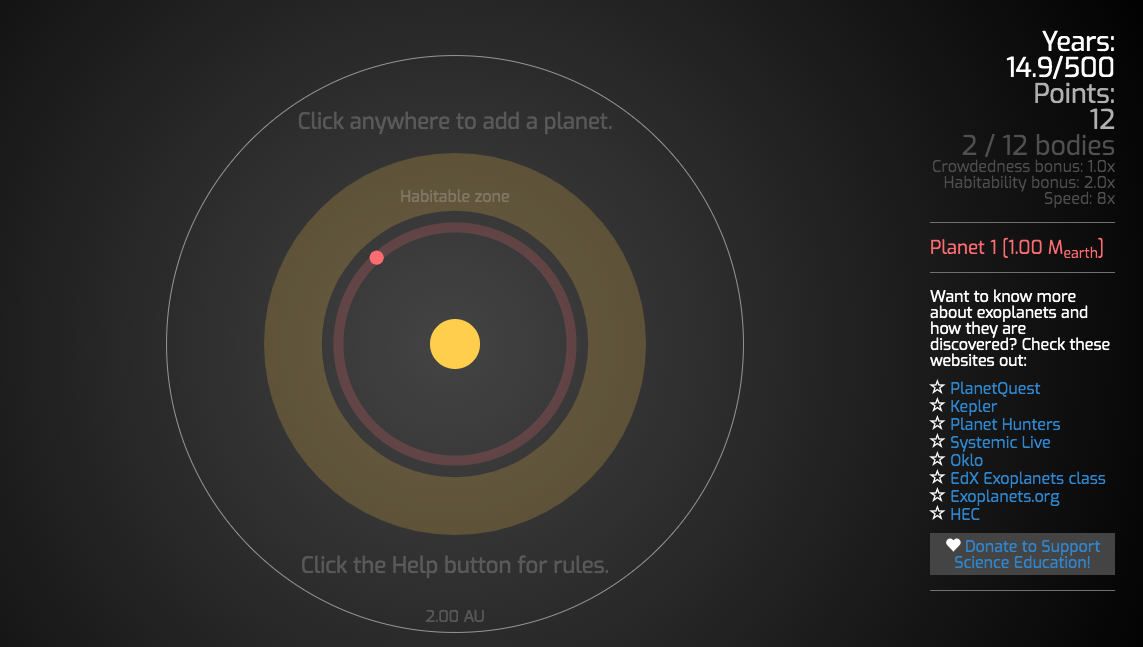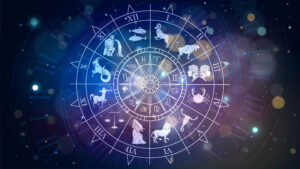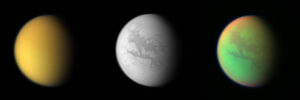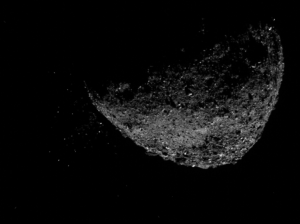Have you ever wondered how different masses in space interact with each other gravitationally and how stable solar systems form? Then you will want to check out the game Super Planet Crash.
Super Planet Crash is a browser-based gravity game that originated from an open-source program used by astronomers to detect planets outside of our Solar System born out of the work of Yale Professor of Astronomy, Greg Laughlin and Stefano Meschairi at UC Santa Cruz.
This fun and addictive game lets users create their planetary systems utilizing several different astronomical bodies, including Earth-like masses, Super-Earths, Ice Giants, Giant Planets, Brown Dwarfs, and Dwarf Stars.
How To Play Super Planet Crash
At the game’s opening, players are given a single Earth-like mass that has been assigned an arbitrary orbit around a central parent star. The challenge is for players to create their solar system by continuing to add additional masses within a distance of 2 Astronomic Units from the parent star (1 AU is the distance between the Earth and the Sun).
The goal is to create a dense solar system with as many different bodies as possible without causing a destabilization to the system (e.g., erratic orbits that lead to colliding or ejected planets). Gamers can also add in destabilizing factors such as stellar companions, which create complex system dynamics and increase the likelihood of destabilization.
Points are linked to the overall mass of each additional body added to the system and the length of time that the system remains stable. Star systems must remain stable for a 500-year interval to receive extra points.
The game ends when the system becomes so overloaded with chaotic and erratic orbitals that stability becomes impossible, and the system eventually fails.
Super Planet Crash Components
Super Planet Crush Body Types:
When choosing planets, you have a choice of the following planets and stars for your star system:
- Earths – These planets are rocky, terrestrial planets like our home, Earth. They are commonly referred to as Terran planets. Mars is also a Terran planet.
- Super-Earths – Super-Earths are massive terrestrial planets, usually double the size of Earth. We have found many exoplanets such as Proxima Centauri B, Kepler-442b, and the TRAPPIST planets.
- Ice Giants – are planets composed mainly of elements heavier than hydrogen and helium, such as oxygen, carbon, nitrogen, and sulfur. The term “ice” can be misleading since it references the nature of the chemical compounds instead of the planet’s physical state. Chemical compounds with freezing points above 100K, such as water, are considered “icy.” Uranus and Neptune are Ice Giants. Ice giants are classified as Neptunian planets.
- Giant Planet – These planets are more massive than ice giant planets. They are composed of mostly hydrogen and helium. A common misconception of ALL giant planets (ice giants included) is that they are composed of actual “gas.” Giant planets actually consist of fluids above their critical points. A crucial point is a state in which gases and liquid phases are not indistinguishable. Giant planets are Jovian planets such as Jupiter and Saturn.
- Brown Dwarf – Brown dwarfs are stellar objects that are too small to be main sequence stars like our Sun but are also large to be giant planets. Brown dwarfs are also too small to undergo fusion using hydrogen and helium but can fuse deuterium. These planets are 13% – 75% larger than Jupiter and do not have atmospheric layers or chemical differentiation.
- Dwarf Star – The majority of stars are dwarf stars that feature small size and low luminosity. Our Sun is a dwarf star classified as a yellow dwarf.
Super Planet Crash Star System Templates
A few star system templates to choose from allow you to start with slightly different star system configurations.
- Jupiter and Earth Parties – These templates start you off with five Jupiter or Earth-sized planets. The trick is that each of these planets share orbits in a party of “LaGrange points” or precise positions in which astronomical objects stay put.
- Kepler 11 Template – Kepler-11 is a star system and star slightly larger than the Sun in the constellation Cygnus. Kepler-11 is 2,150 light-years from Earth. The Kepler star system consists of six planets, Kepler b, c, d, e, f, and g. Using this template starts you off with the star and these six planets within the SPC game. From there, you add planets to drive up your score. The star system is among the most compact and flattest star systems discovered, so be careful when adding larger planetary bodies.
- Kepler 18 Template – Kepler 18 is a star system with is a star in the Cygnus constellation with three planets revolving around the star at breakneck speeds. The planet’s revolutions range from 3 to 14 days. This bodes well for collecting points over time in the SPC game since you receive 10x points for speed, and you gain points more quickly.
- HD80606 Template – HD 80606 is part of a binary star system with HD 80607. The system is approx 217 light-years away from Earth and located in the constellation of Ursa Major. The lone exoplanet of HD80606 (HD80606 b) orbits the planet at a highly inclined and elliptical orbit. This can be seen in the template. The eccentric orbit of HD80606 b is illustrated in the Super Planet Crash. This causes havoc when you add other bodies within the system.
Tricks To Scoring High in Super Planet Crash
There are some tricks to achieving a high score in Super Planet Crash. You can boost your score by adding as many brown dwarfs or dwarf stars as possible in extremely close orbit to the parent star. By placing dwarfs close to the parent star, the powerful nature of their gravity is less likely to throw off smaller, neighboring bodies. Next, try loading in as many Super-Earths, Ice Giants, and Giant Planets into the Habitable Zone as possible.
You’ll score extra points for ‘crowdedness.’ Load the outer margins with the most massive planets. By placing large masses either near the parent star or out to the far reaches, gravity is less likely to affect the orbits of the smaller masses in between. Finally, load as many Earth-like planets as possible within the same orbit inside the Habitable Zone. Again, you will receive extra points for ‘crowdedness.’
Are you interested in participating in some real-time exoplanetary science? Stephano Meschairi, the leading developer of Super Planet Crash, has also created Systemic Live. This free web application allows users to access real radial velocity data sets from telescopes positioned around the world. Systemic Live is open-source software that has been utilized by astronomy classes in high schools and colleges across the country.
Users can use the real-time radial velocity data to try their hand at discovering any underlying exoplanetary signals by analyzing gravitational signals cast off by real star systems and comparing the signals to known planetary system models. Systemic Live is also linked to several library sets and databases for verification and cross-referencing purposes. The goal of the software is to offer educational opportunities to students and the general public alike on the science of exoplanetary discovery.
Stephano Meschairi believes strongly in the power of open-source education. In addition to developing Super Planet Crash and Systemic Live, he created Orbits, a fun game aimed at creating a customized planetary system for an alien race. This game teaches users about planetary motion.
By keeping the science entertaining and light, Meschairi has pushed the limits when it comes to creating educational games geared toward the field of astronomic discovery. Because of his efforts, we can all become citizen scientists and improve our understanding of planetary physics and exoplanetary exploration just for fun.
Ready To Play Super Planet Crash?
As mentioned on their site, The Super Planet Crash is a project by Stefano Meschiari and the SAVE/Point team. Feel free to play their other space games at Save Point. They have many more games and apps centered around gravity, exoplanets, and orbital mechanics. Definitely go-to tools for teaching the basics of orbital mechanics, gravity, astronomy, and astrophysics.
If you’re into space card games, check out The Solar Republic Card Game! The Solar Republic was created and played by two elementary kids who wanted to travel the Solar System and explore new worlds. They truly believed that traveling the stars would change humanity seeks, in sync with the thoughts of the late Carl Sagan.
Quincy Bingham is a native Mississippian, world traveler, and digital marketing director. Although his bread and butter is digital marketing, his crowning achievement has been the Solar Republic brand, which embodies his values of kaizen, personal development, and lifestyle design. He has learned through professional and personal experience that change is the only constant in life, trust is the only real currency and consistency is the only vehicle that gets you to where you want to be in life.
He currently resides in Chicago, IL where he assists businesses, agencies, and non-profits grow their organizations with digital marketing and growth hacking principles.



